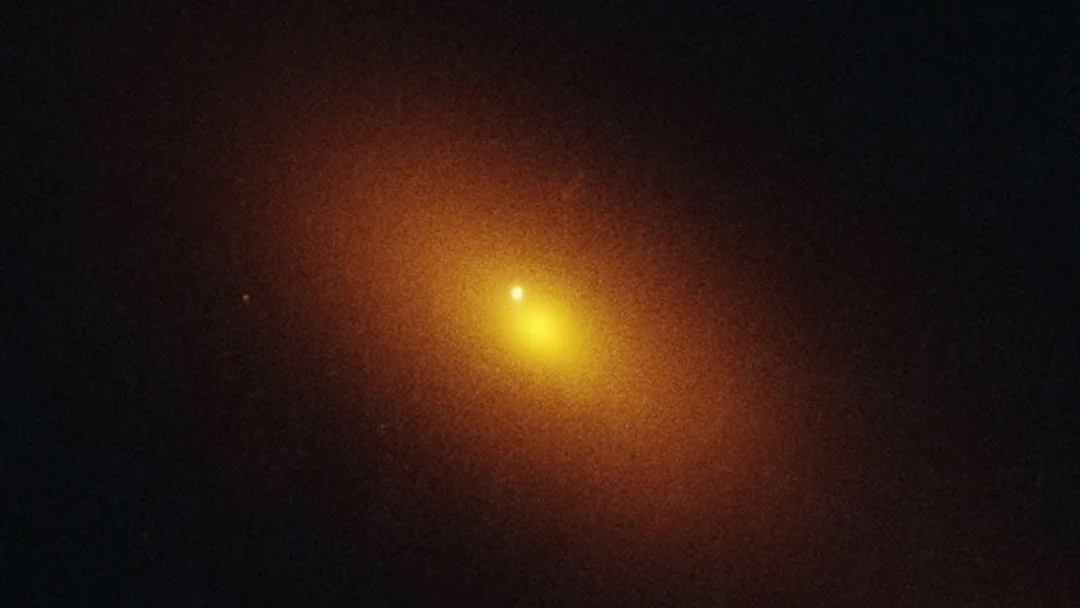
Hubble Spots ‘Space Jaws’: A Roaming Black Hole Devouring Stars Millions of Light-Years Away
In a scene resembling a sci-fi thriller, astronomers using the Hubble Space Telescope have captured the dramatic moment a wandering black hole ripped apart and devoured a star. The event, known as a tidal disruption event (TDE) and designated AT2024tvd, occurred 600 million light-years away and marks the first time an "off-center" TDE has been definitively identified, offering new insights into the behavior of these cosmic behemoths.
The discovery, detailed in an upcoming issue of The Astrophysical Journal Letters, reveals a black hole with a mass of one million suns lurking outside the center of its host galaxy. This contrasts with typical observations where supermassive black holes reside at the galactic core, actively consuming surrounding matter. NASA's Chandra X-Ray Observatory and the NRAO Very Large Array telescope provided supporting observations, confirming the off-center nature of the event.

"AT2024tvd is the first offset TDE captured by optical sky surveys, and it opens up the entire possibility of uncovering this elusive population of wandering black holes with future sky surveys," said lead study author Yuhan Yao of the University of California at Berkeley. The event was initially spotted by the Zwicky Transient Facility at Caltech’s Palomar Observatory. The resulting flare was as bright as a supernova but characterized by unique spectral signatures confirming it as a TDE.
What's particularly intriguing is the proximity of this roaming black hole to a much larger black hole at the galaxy's center – a behemoth boasting 100 million times the mass of our sun. Hubble's precision revealed that the TDE occurred just 2,600 light-years from the central black hole, a mere one-tenth the distance between our Sun and the Milky Way’s central supermassive black hole. While the two black holes coexist, they are not gravitationally bound. Scientists theorize the smaller black hole may eventually spiral into and merge with its larger counterpart, a colossal event that would generate powerful gravitational waves detectable by future observatories like LISA.

The mystery of how this black hole ended up off-center remains. One hypothesis suggests a violent three-body interaction ejected it from the core. Another possibility points to the black hole being the remnant of a smaller galaxy that merged with the larger one billions of years ago. Erica Hammerstein, a researcher involved in the study, found no immediate evidence of a past galaxy merger in Hubble images, suggesting the ejection scenario might be more plausible.
This discovery underscores the potential of TDEs as tools for locating previously undetectable black holes lurking in the vast expanse of space. Future telescopes like the Vera C. Rubin Observatory and the Nancy Grace Roman Space Telescope promise to uncover even more of these events, shedding light on the elusive population of wandering black holes. Tidal disruption events offer a unique glimpse into the hidden dynamics of galaxies and the powerful forces shaping our universe.
What do you think is the most likely explanation for this black hole's off-center location? Share your thoughts and theories in the comments below.